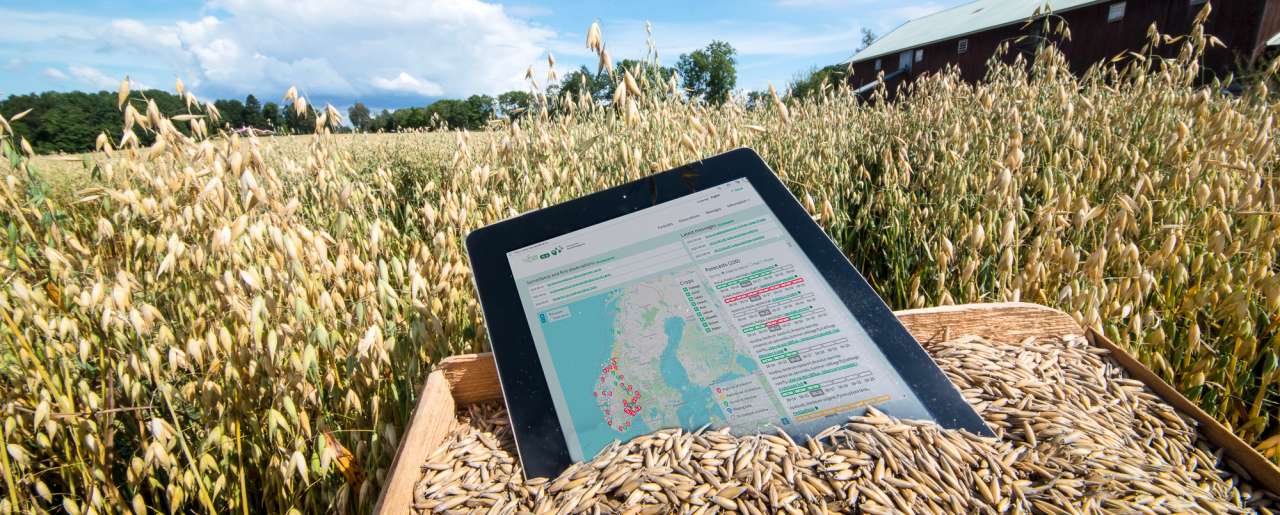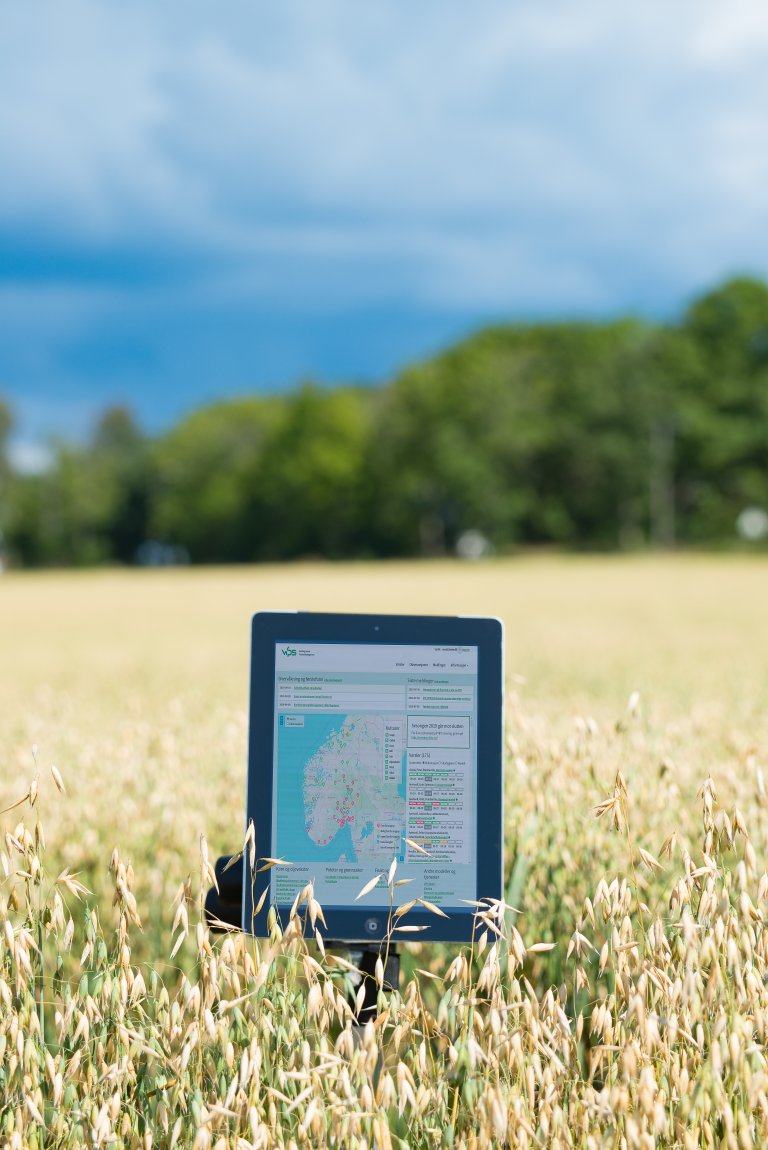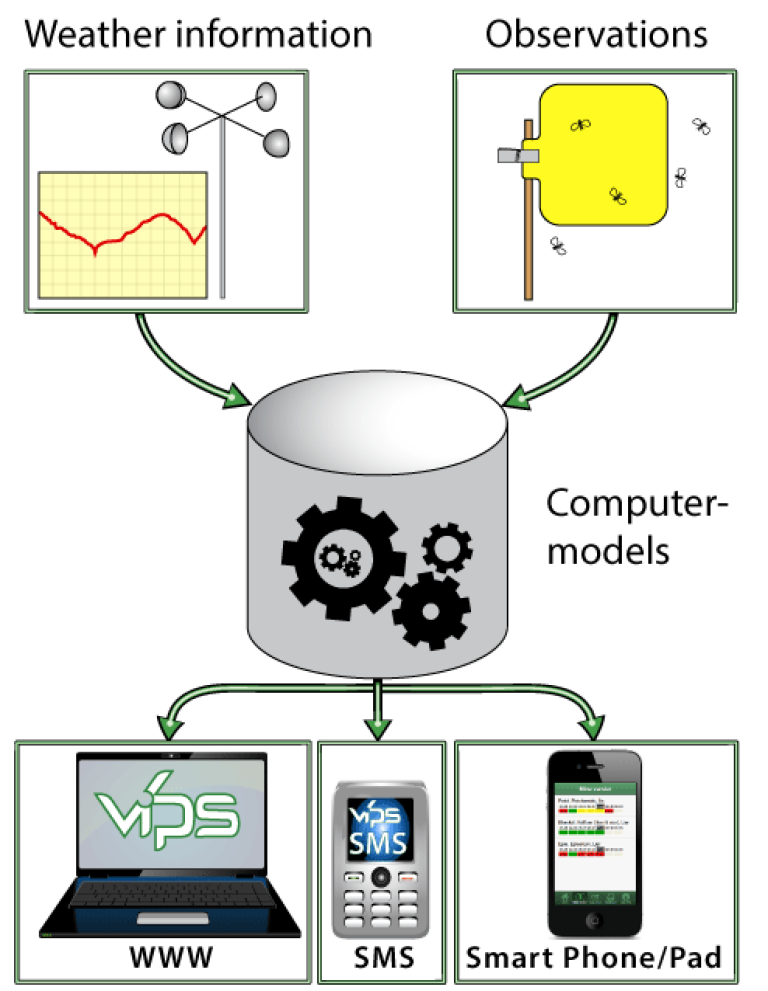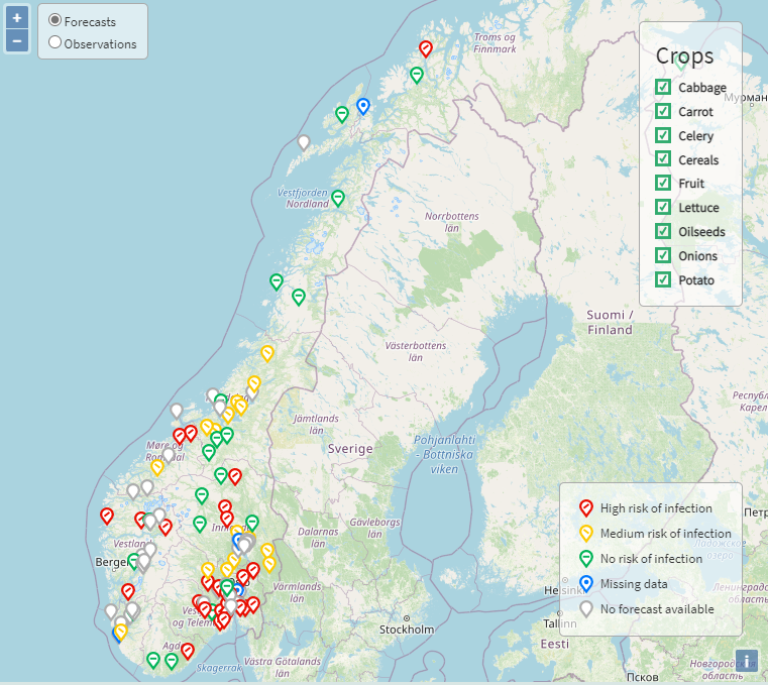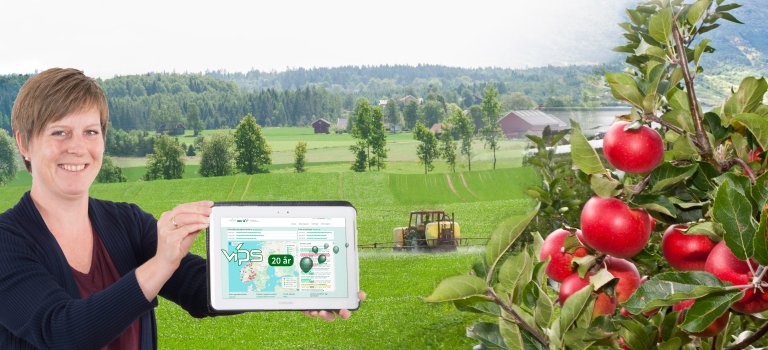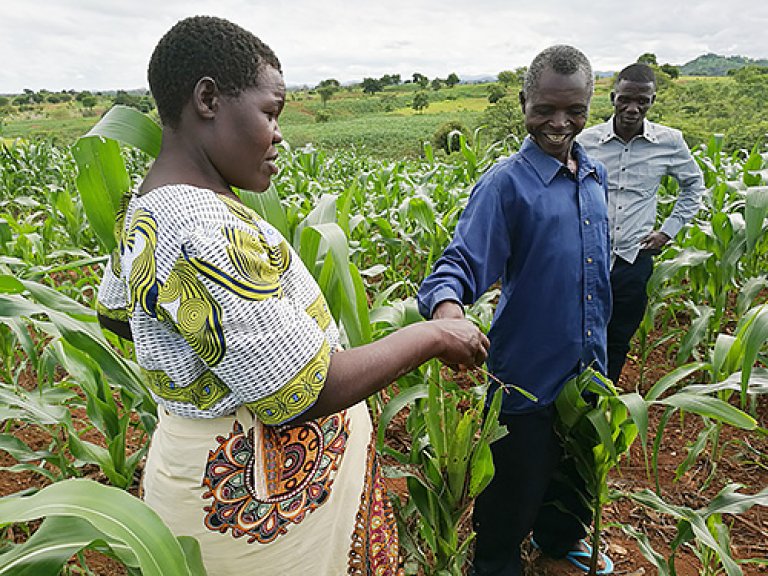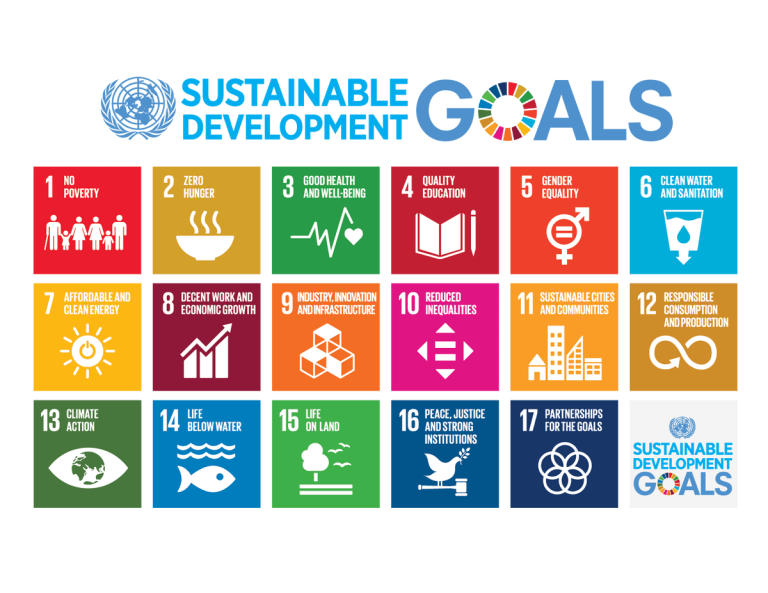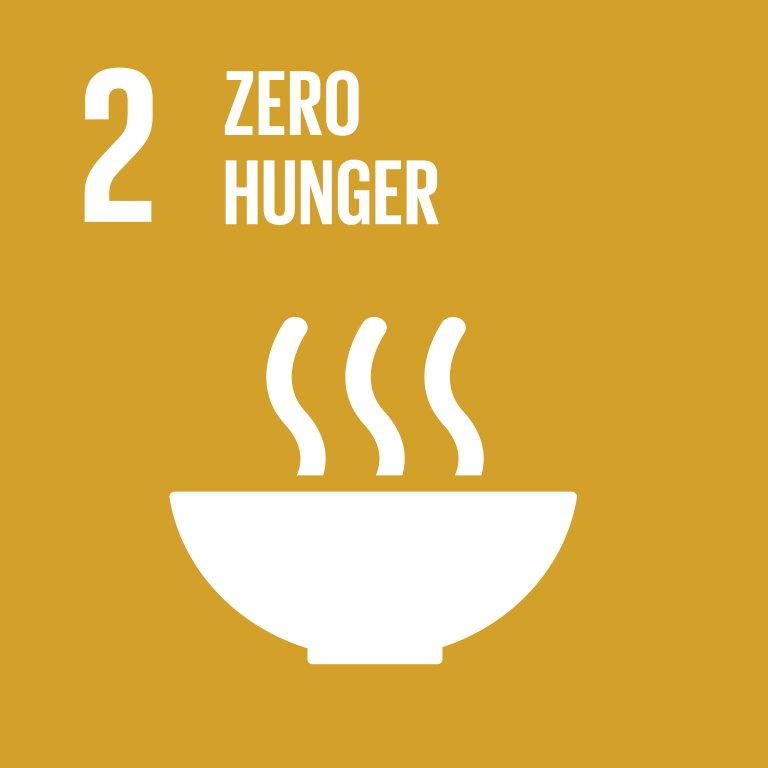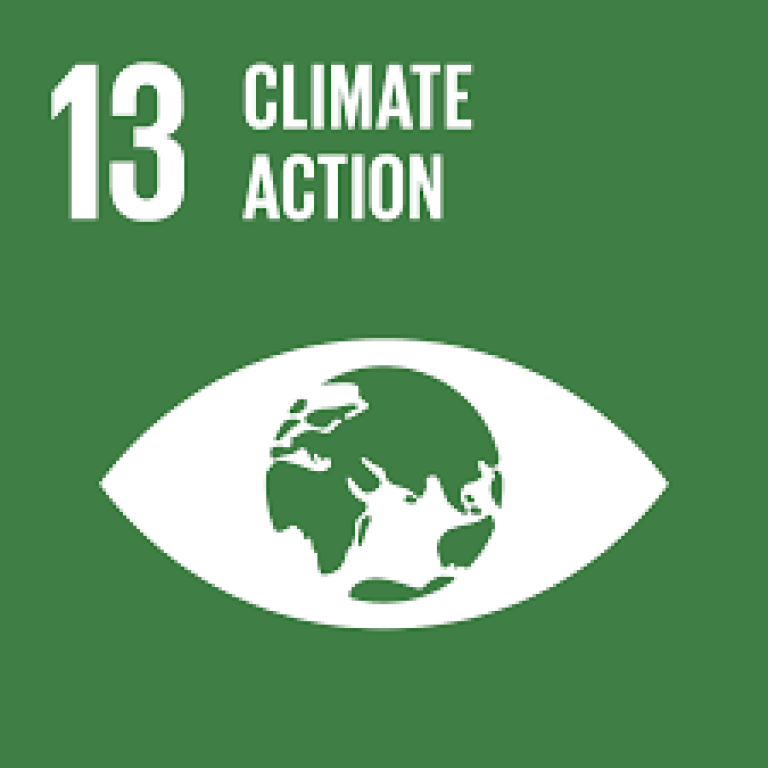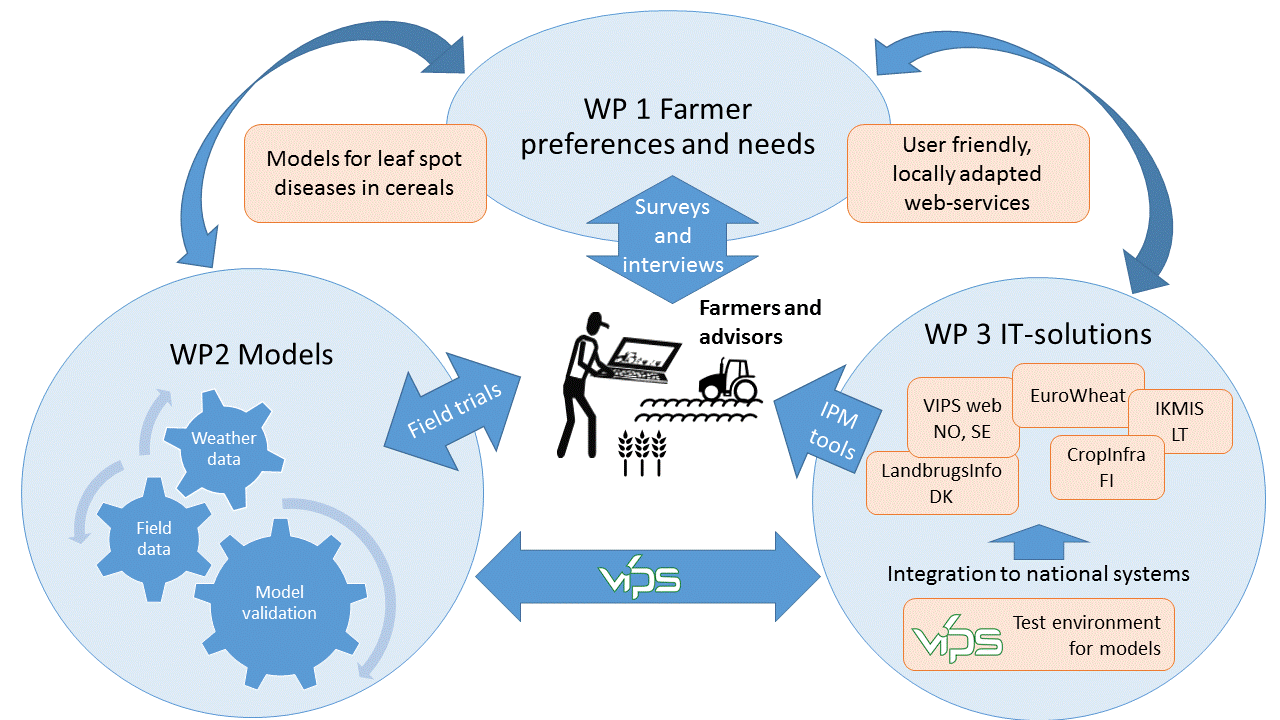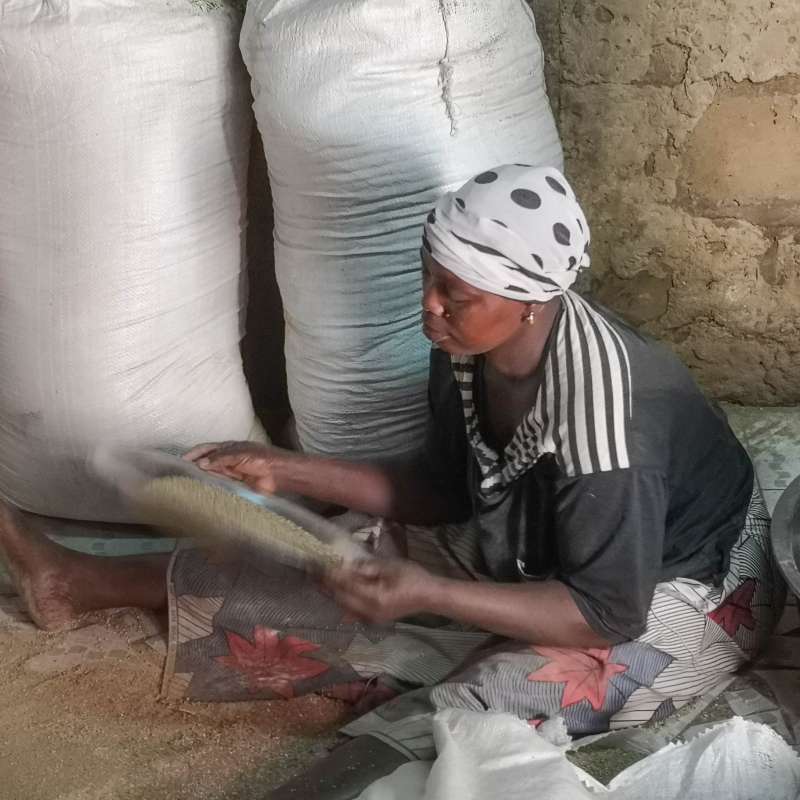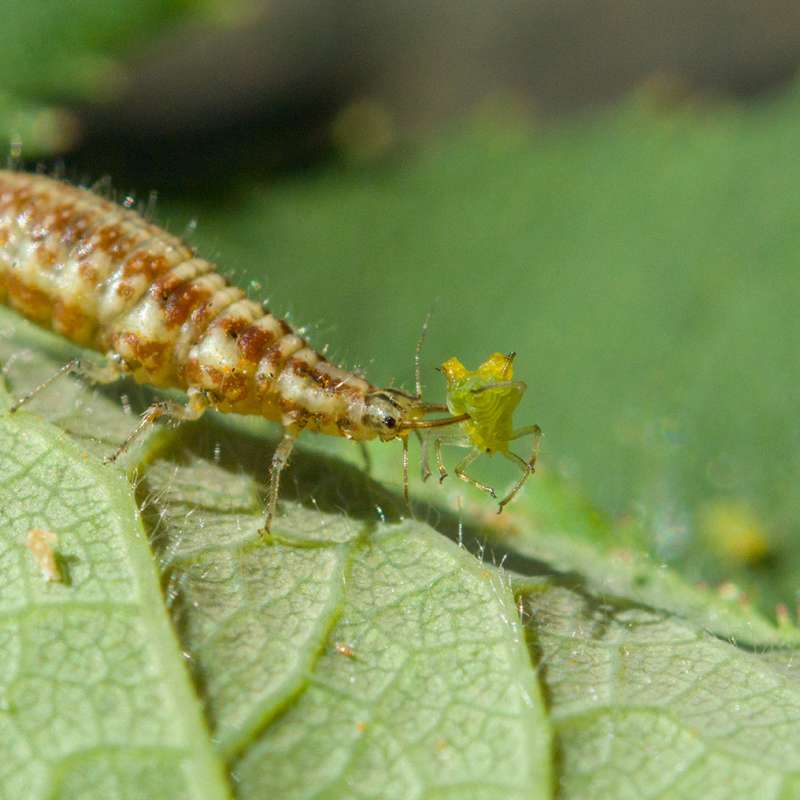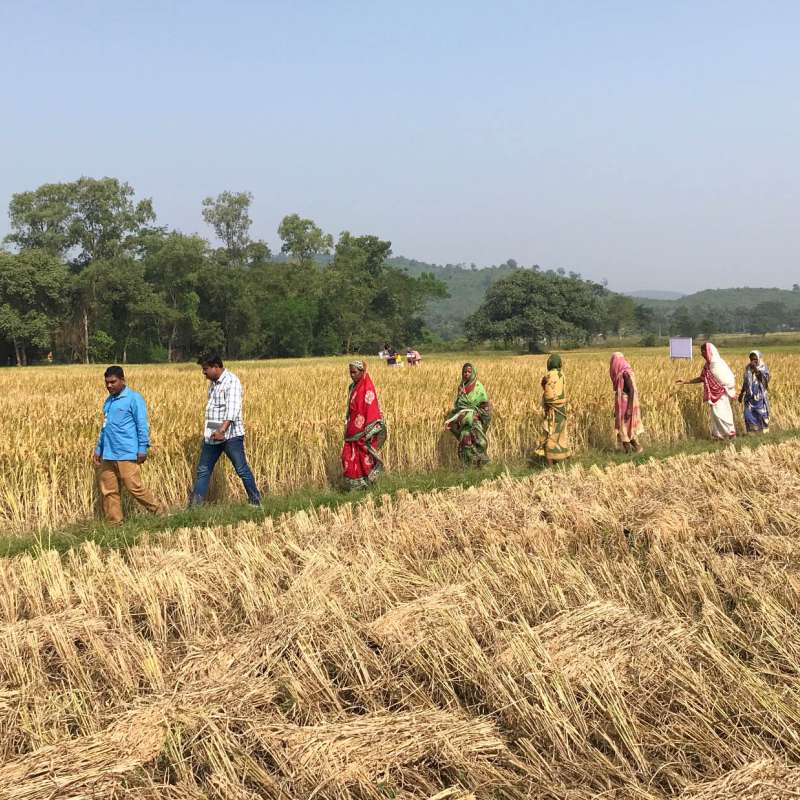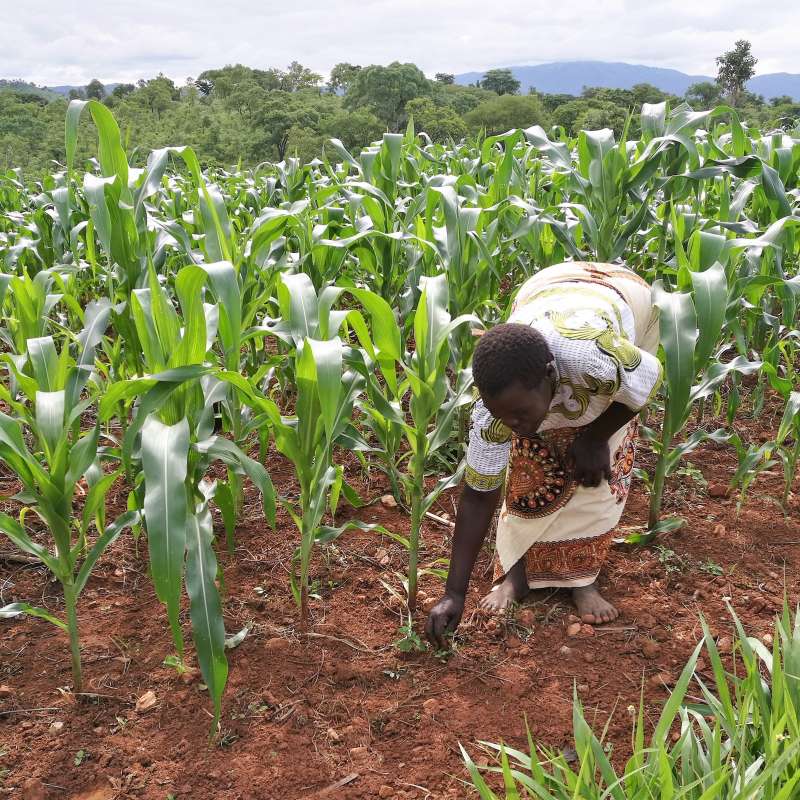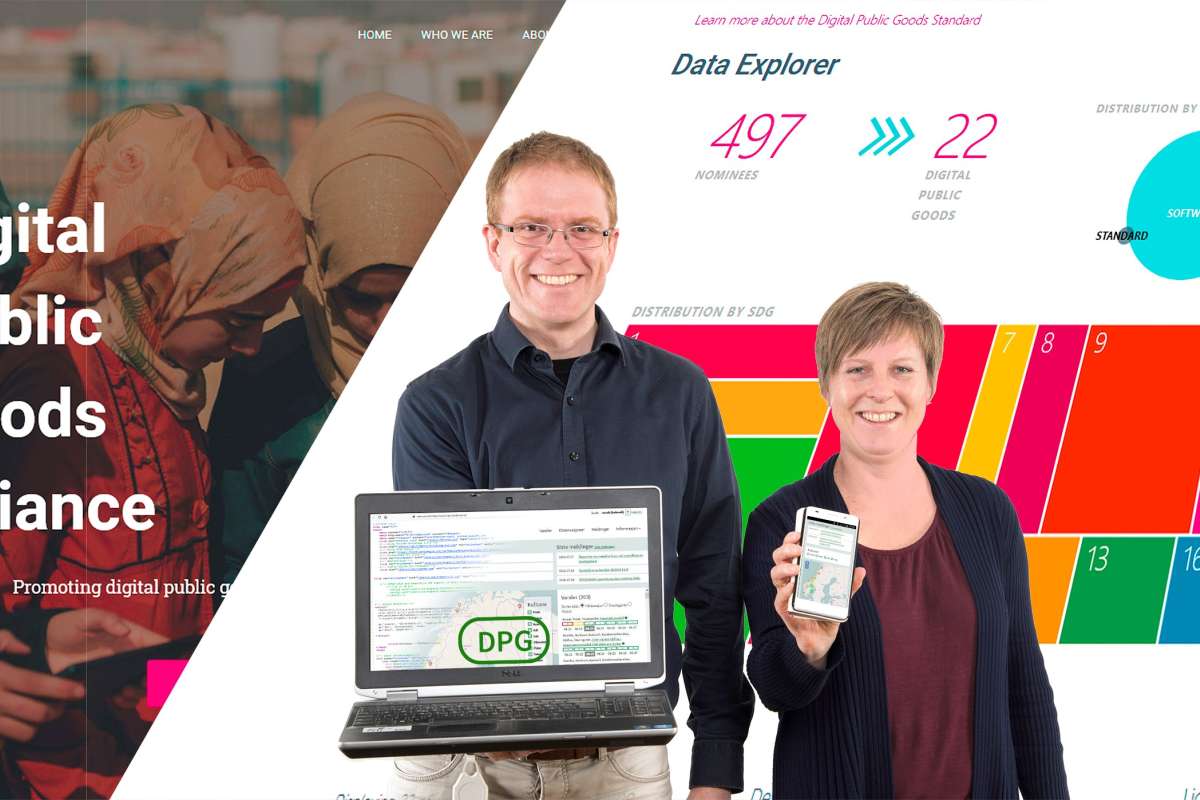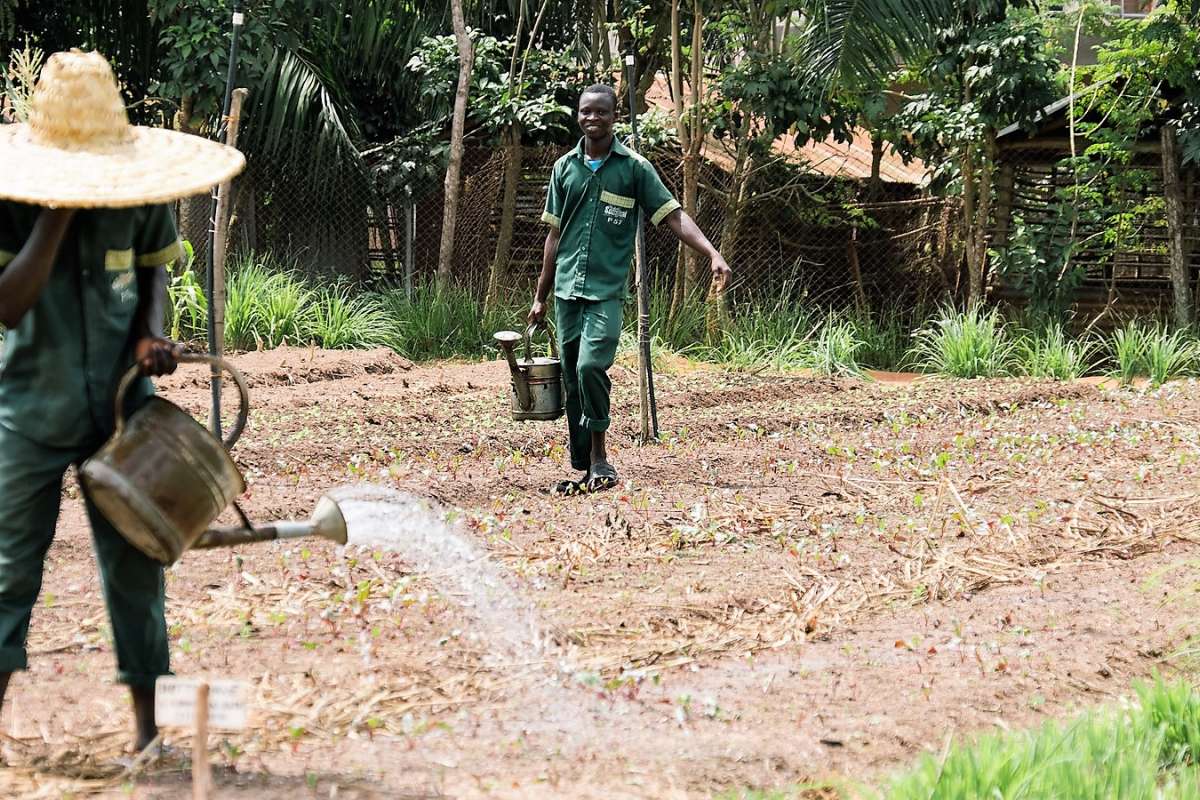What is VIPS
How does VIPS work?
VIPS in Norway
VIPS for international use
Current use of VIPS globally
VIPS is an open source technology platform for prognosis, monitoring and decision support for integrated pest management in agricultural crops.
The VIPS platform, originally developed to meet the needs of Norwegian agriculture, is designed with flexibility in mind, aiming to create new and improved digital tools for better implementation of integrated pest management (IPM) at an international scale.
In Norway, the VIPS web is available at www.vips-landbruk.no. It is developed and managed in collaboration with the Norwegian Agricultural Extension Service (NLR), with funding from the Norwegian Ministry of Food and Agriculture.
The service includes pest risk models and early-warning of relevance for the most important pests and diseases in Norwegian agriculture, targeting crops such as cereals, apples and field vegetables. Observations of pests and diseases are reported to the system by agricultural advisors, addressing both inputs to models and reports on pest and disease observations, alongside weather data.
The overall architecture and design of the VIPS platform is developed to allow for international collaboration. VIPS is currently part of projects in Europe and Africa.
To create the forecast, the platform collects weather data and other model inputs and feeds them into pest and disease models. Data from most online weather stations, public weather data networks and weather forecasts can be used, allowing pest and disease models to be tested and validated under local conditions, with multiple sources of input data. Observations of pests and diseases can be easily reported and visualised in online maps.
Input data for use in VIPS can be observations of pests and diseases in the field or in traps, other information about the field, such as crops, tillage and sprayings, and online weather data. Observations can be presented in maps or used as input in addition to weather data in pest and disease models.
Information and model outputs from VIPS can be presented in a format customised to end-user needs. This can be a web site, app, text messages, spreadsheets etc. The format and distribution of information towards end users will depend on each country’s infrastructure and organisation of agricultural production. In many countries, the typical distributor of model outputs and corresponding treatment recommendations is the agricultural advisory service.
The VIPS web allows for local adaptations, including multi language support, incorporation of various models and other services. This opens for easy customisation for international use. Alternatively, model output views such as charts and tables can be incorporated in existing web sites or distributed on smart phones or tablets.
Pest and disease warnings have been open and freely available for Norwegian farmers and advisors through the web site www.vips-landbruk.no since 2001, providing data from a network of more than 80 weather stations. Additional locations can be added by linking private weather stations to the system. VIPS has a well-established collaboration with MET Norway which provides weather forecasts for the Norwegian VIPSweb, as well as in some international projects.
Users have access to risk models for 16 pests and diseases, damage thresholds for several pests, information, and reports on observations of pests and diseases in a wide range of agricultural crops. All field observations are reported by local agricultural advisory services.
VIPS also facilitate access to a decision support tool for management of weeds in cereals from the Danish IPM Consult, including adaptations to fit Norwegian conditions, a direct link to RIMPro for warnings on apple scab and codling moth, and Strawberry Advisory System for warnings on grey mold in strawberries.
The Norwegian VIPS website presents a map where model outputs are linked to geographical locations, showing risk alerts in “traffic light” colours to indicate whether there is a need for further action. More details on risk levels related to each pest of disease risk model is available in the system.
The Norwegian VIPS users access information through the VIPS website or subscribe to risk alerts by SMS or email. The final decisions on the required actions in the fields will be decided by the farmer or in collaboration with the local agricultural advisory service.
VIPS is an application platform suited for international use and collaboration. Since 2014, VIPS has been an element of several international projects related to development of integrated pest management tools in Europe, Asia and Africa, including collaboration with organizations such as FAO and IITA. VIPS has been authorized by the UN as a global digital public goods.
Even though VIPS is an advanced system, it is relatively easy to set up service in a country or a region. However, the first aspect to consider is whether there are available models of relevance for the pest and crop in question, including specifications available for implementation into the system. In most cases models developed for other areas need to be carefully considered and validated before taken into general use for decisions support at a local level.
The VIPS Open Source code (https://gitlab.nibio.no/VIPS) allows users to make service and model adaptations and changes to accommodate local needs. Any model of relevance or amendments to the system can be implemented and shared with VIPS users worldwide. All models should be available for sharing with other users of the system. However, depending on the ownership of the models, models can be exempt from open source, and royalties may apply to users of such models.
VIPS is designed to run on a (or several) server(s), as a set of loosely coupled services. It is up to the organizations managing the platform locally to pick and choose which parts they want to use. For instance, the models can be run completely independently of the admin system and the standard public web page, allowing for deep integrations into already existing services.
The Norwegian VIPS web has been available online since 2001. The development of a new and flexible technology platform for VIPS was initiated as part of a project collaboration between Norway and Bosnia-Herzegovina in 2013-2015. In 2014, the new VIPS platform was established and tested for use in Bosnia-Herzegovina. Since 2016, the Swedish Board of Agriculture has provided VIPS -based risk warnings for potato late blight in Sweden. The same year, the updated VIPS web was relaunched for Norwegian users.
The international integration of VIPS as part of systems in EU and Africa is part of ongoing project developments. This includes integrations with advisory application tools, such as IITAs Farmer Interface App (FIA) in the projects Climate Smart Agricultural Activities (CSAT) in Mali and Niger, and the development of a digital plant health service in Malawi (MaDiPHS, https://madiphs.org/). Several VIPS models are also available for use through the EU-funded platform IPM Decisions (http://www.platform.ipmdecisions.net/).
Despite VIPS being a standalone tool, its strength lies in it being complementary to other digital tools for integrated pest and disease management (IPM). The medium-term objective for VIPS is to integrate it with tools of the other pillars of IPM (diagnosis, identification, monitoring and advise) as part of an international platform for digital plant health services. This development will be part of the MaDiPHS project (https://madiphs.org/).


